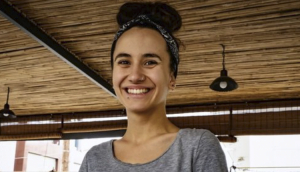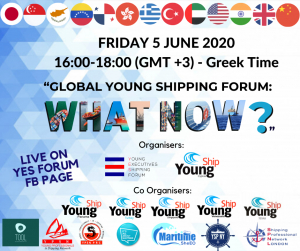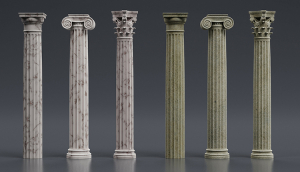ABOUT US
XpatAthens
Great Educational YouTube Channels For Kids
1. Alphablocks
Category: Academic Learning
Ages: PreK-K
2. National Geographic Kids
The National Geographic Kids channel is a fun and educational way to explore the world with a long list of weird, wild, and wacky videos! Here, curious kids will discover awesome animals, cool science, funny pets, and more, so pick a topic you love and start watching with your child today!
Category: Academic Learning
Ages: Grades 1 to 6
The Cosmic Kids Yoga channel teaches yoga and promotes mindfulness and relaxation for kids. Cosmic Kids Yoga is full of interactive video adventures that aim to build strength, balance, confidence, and awareness early.
Category: Fitness & Wellness
Ages: PreK to Grade 6
The lead narrator and writer of this YouTube channel is a homeschool dad-thus the name Homeschool Pop (dad). Homeschool Pop's purpose is to make fun, exciting learning videos for elementary students. The channel covers a wide variety of topics, from math to science and gardening to languages.
Category: Academic Learning
Ages: K to about Grade 4
If your kids love cooking and are old enough to get into the kitchen, visit Messy Hands – Kids Cooking, a YouTube channel that teaches easy breakfast, lunch, and dinner recipes.
Category: Crafts & Hobbies
Ages: Grades 1 to 6
Avgi – The Girl That Turned A Butchery Shop Into The Hippest Vegan Athenian Hotspot
Avgi grew up in Athens, studied Linguistics on Rhodes island and Bucharest. When she was a little girl, she had two passions; foreign languages and coffee. Her dad bought an espresso coffee machine for our home with a book full of coffee recipes, which triggered her curiosity and passion for preparing coffee for others.
As Avgi got older, she started working in coffee businesses, learning more about the world and the art of coffee. As much as she loved her studies, Avgi didn't see herself pursuing a career in linguistics, so she moved to London to work in hospitality and specifically in, of course, coffee.
5 Things To Know About Avgi
• Communicative
• Honest (literally she cannot lie for a damn thing)
• Patient
• Sleepaholic
I did thorough research in London to learn the craft of coffee from the best in the city, which led me to Campbell & Syme. They offered me a job, and I was lucky to learn from such knowledgeable, passionate, professional, and kind-hearted people. They taught me the art of coffee, but they also allowed me to taste entrepreneurship by giving me a manager position after some time. They have been my biggest mentors and the catalysts for me to start my own business. We are still great friends with the guys. After two and a half years working in London, my boyfriend and I decided it was time to leave the big city and travel. Simon and I went with just a one-way ticket to Bangkok and were dedicated to explore and follow the flow of life. We traveled around, organized chef's tables, worked here and there in hospitality, and generally allowed our minds to wander. While in London, we actually daydreamed of our own business. We had the name already and had turned Vegan. Since we thought that a vegan business wouldn't work in Greece at that point in time, we let the idea ripen in our heads and went on with our lives. Then the day came when we started imagining, creating images in our minds of what this place could look like and be…
Avgi runs AVIT, one of the hippest vegan cafes in town!
Read Avgi's full inspiring story on Guts & Tales.
Mohegan Ready To Break Ground On Athens Casino Project
To read this article in full, please visit: pappaspost.com
Smithsonian Magazine Cover Story: The Legacy of Philip II of Macedon
To read this aricle in full, please visit: greece-is.com
A Simple Trick To Get Things Done!
Global Young Shipping Forum: What Now?
Health Protection Measures Taken At The Acropolis Museum
1. You will be required to wear a protective mask during your visit.
To learn more about the safety measures taken at the Museum, please visit: theacropolismuseum.gr
Means To Soothe The Pain: Visual Arts Exhibition By Chrysostomos Mousmoulidis
The 3 Distinct Orders Of Ancient Greek Architecture
Doric Order
Ionic Order
Corinthian Order
This content has been sourced and prepared by Codico Lab










